Expert Tips for Arranging Furniture in Every Room
Arranging furniture in a room may seem simple, but its impact on functionality, aesthetics, flow, and mood should not be underestimated. Furniture arrangement is a must-have interior design element that plays a vital role in creating a harmonious and inviting environment. It is how each piece serves a purpose and contributes to the overall design. Understanding the importance of furniture arrangement can help you optimize your layout and transform your rooms into inviting and functional spaces. This is useful whether moving into a new space or giving your current one a makeover.
Creating a well-arranged space goes beyond randomly placing furniture. It involves considering the room’s purpose, the activities that will take place, and the unique architectural features. Thoughtful furniture arrangement allows for distinct areas dedicated to different activities. This includes conversation, relaxation, and work, ensuring that each space efficiently serves its intended purpose.
Room-by-Room Tips for Arranging Furniture
Furniture arrangement significantly impacts a room’s aesthetics by setting the tone for the design and creating a visually pleasing environment. Thoughtfully placed furniture highlights architectural features, draws attention to focal points, and enhances flow. Additionally, furniture arrangement influences the room’s flow and mood. This enables effortless movement, fostering comfort and relaxation, and encourages social interaction in cozy conversation areas. Here are expert tips and insights for arranging furniture in every room of your home. Get ready to transform your rooms into personalized and inviting spaces that perfectly suit your needs and lifestyle.
Living Room
The living room is a central space where family and guests gather, making it essential to arrange the furniture thoughtfully. One key aspect is determining the focal point, such as a fireplace or a television, and arranging the furniture around it to create a visually appealing and functional layout. Additionally, creating conversation areas is crucial to encourage interaction and comfortable socializing. Balancing seating arrangements by incorporating a mix of sofas, chairs, and ottomans helps accommodate different preferences and ensures a cozy and inviting atmosphere. To maintain an organized and clutter-free living room, utilizing storage solutions such as built-in shelves, cabinets, or stylish storage, ottomans can effectively minimize clutter and maintain a clean and organized space.
Bedroom
The bedroom is a personal sanctuary where we seek comfort and rest, and the furniture arrangement plays a vital role in creating a soothing and functional space. Positioning the bed is essential to make your bedroom more relaxing, ensuring optimal comfort and functionality. Placing it against a wall or in a central position can provide a sense of balance and easy access from all sides. Incorporating nightstands on either side of the bed adds symmetry and offers convenient storage for essentials and a surface for bedside lamps or books.
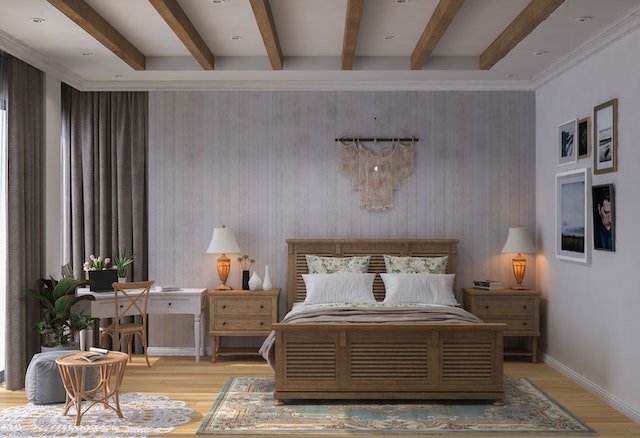
Speaking of lighting, ensuring adequate bedside lighting is crucial for creating a cozy ambiance and facilitating bedtime reading or relaxation. Maximizing storage in the bedroom helps maintain a clutter-free environment. Wardrobes and dressers provide ample space to store clothing, accessories, and personal belongings. Utilizing the under-bed space with storage containers or drawers can be a smart solution for maximizing storage in smaller bedrooms.
Dining Room
The dining room is where families and friends gather to share meals and create lasting memories. When arranging furniture in the dining room, it’s important to consider the size and shape of the dining table. Choosing the right table size ensures enough space for comfortable seating and easy movement around the room. The table shape, whether round, rectangular, or square, can also influence the overall flow and aesthetics of the space. When arranging chairs, allowing enough space between them for easy movement and promoting comfortable conversation during meals is essential. Also, incorporating decorative elements can enhance the dining room’s ambiance.
Kitchen
The kitchen serves as the central hub of the home, where culinary creativity thrives, and delicious meals are crafted. When arranging your kitchen, it’s important to be careful with big pieces, especially when moving bulky pieces of furniture. Creating an efficient kitchen layout involves optimizing the work triangle by strategically arranging the sink, stove, and refrigerator to minimize unnecessary movement and maximize productivity during food preparation. Moreover, designing functional counter space provides ample room for ingredient prep, promoting seamless chopping, mixing, and assembly while offering a dedicated meal planning and organization area. Effective storage solutions, including well-placed cabinets, shelves, and drawers, ensure easy access and tidy organization of cookware, utensils, and pantry items.
Bathroom
The bathroom is a sanctuary of self-care and rejuvenation. When designing a bathroom, efficient placement of fixtures is crucial for optimal functionality. Strategically planning the sink, toilet, and shower/bathtub ensures a seamless flow and ease of use. In addition to functionality, incorporating storage solutions is essential for keeping toiletries and towels organized and easily accessible. Ample cabinetry, shelves, or baskets can provide a tidy and clutter-free environment.
Moreover, enhancing the space with well-placed mirrors adds depth and visual appeal and serves practical purposes, such as grooming and getting ready. Proper lighting is another key element that can transform the bathroom into a well-lit and inviting space. A combination of natural light, task lighting, and ambient lighting can create a warm and relaxing atmosphere.
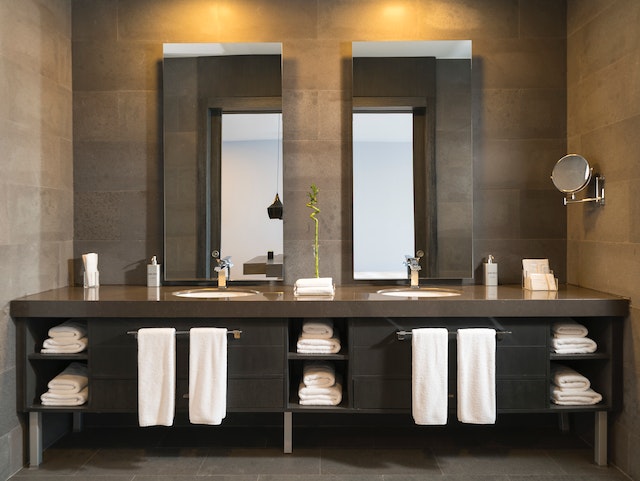
Home Office
In the home office, achieving productivity and concentration is of utmost importance. To create an effective work environment, it is crucial to designate a dedicated workspace within the room, ensuring a clear separation between work and personal life. Decorating your home office strategically can contribute to a productive atmosphere. Optimal productivity can be achieved by strategically positioning the desk near a window to maximize natural light, creating a bright and invigorating atmosphere while minimizing the need for excessive artificial lighting. Placing the desk away from distractions, such as noise or high-traffic areas, aids in maintaining focus and concentration. Efficient organization and functionality can be attained by incorporating storage solutions, including shelves, cabinets, storage bins, and file drawers. This facilitates easy access and neat arrangement of essential documents, supplies, and equipment.
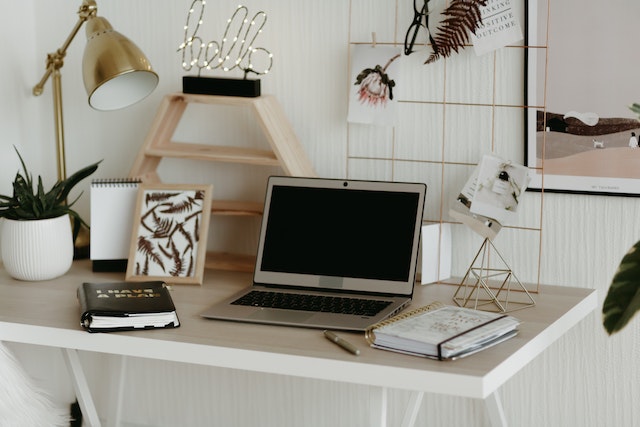
Conclusion
The art of arranging furniture in every room holds the transformative power to enhance the functionality and aesthetics of a space. Personalized and harmonious living spaces can be created by considering the room’s purpose, optimizing layouts, balancing proportions, and utilizing storage solutions. The satisfaction of turning a house into a home, where each piece of furniture serves a purpose and contributes to a cohesive design, is truly fulfilling.

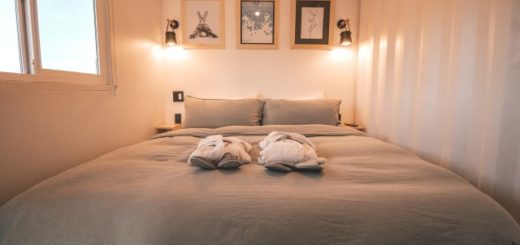
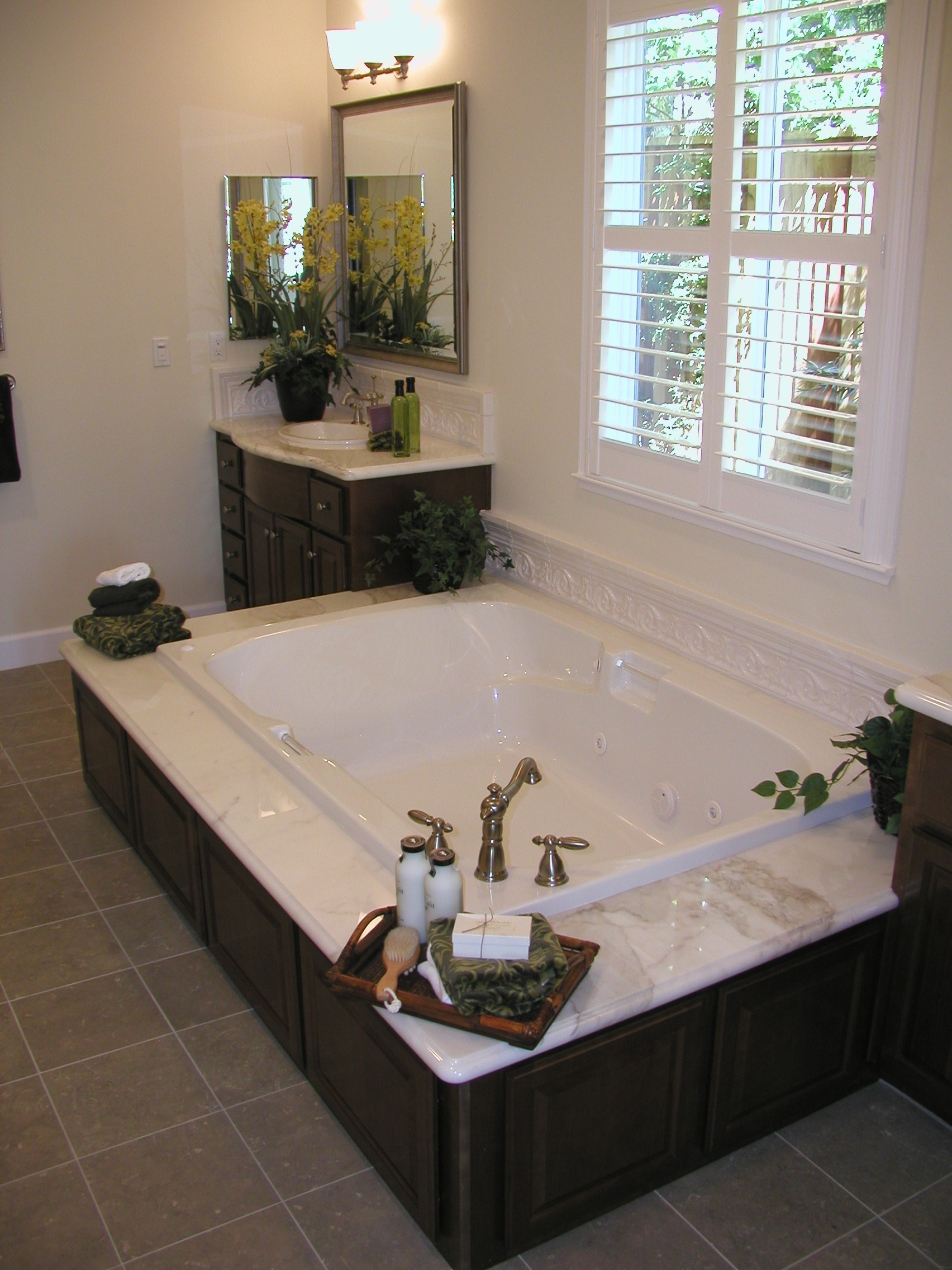
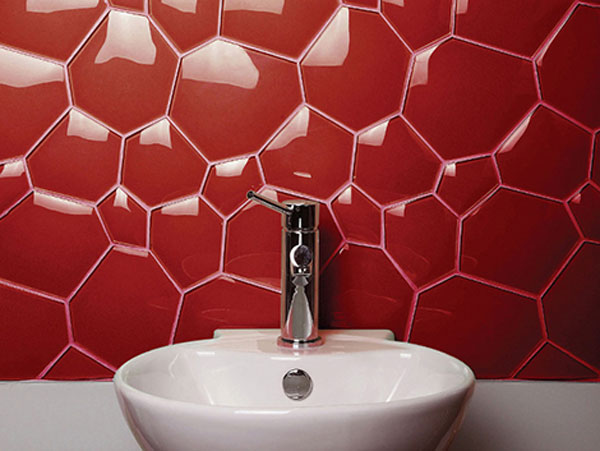

Recent Comments